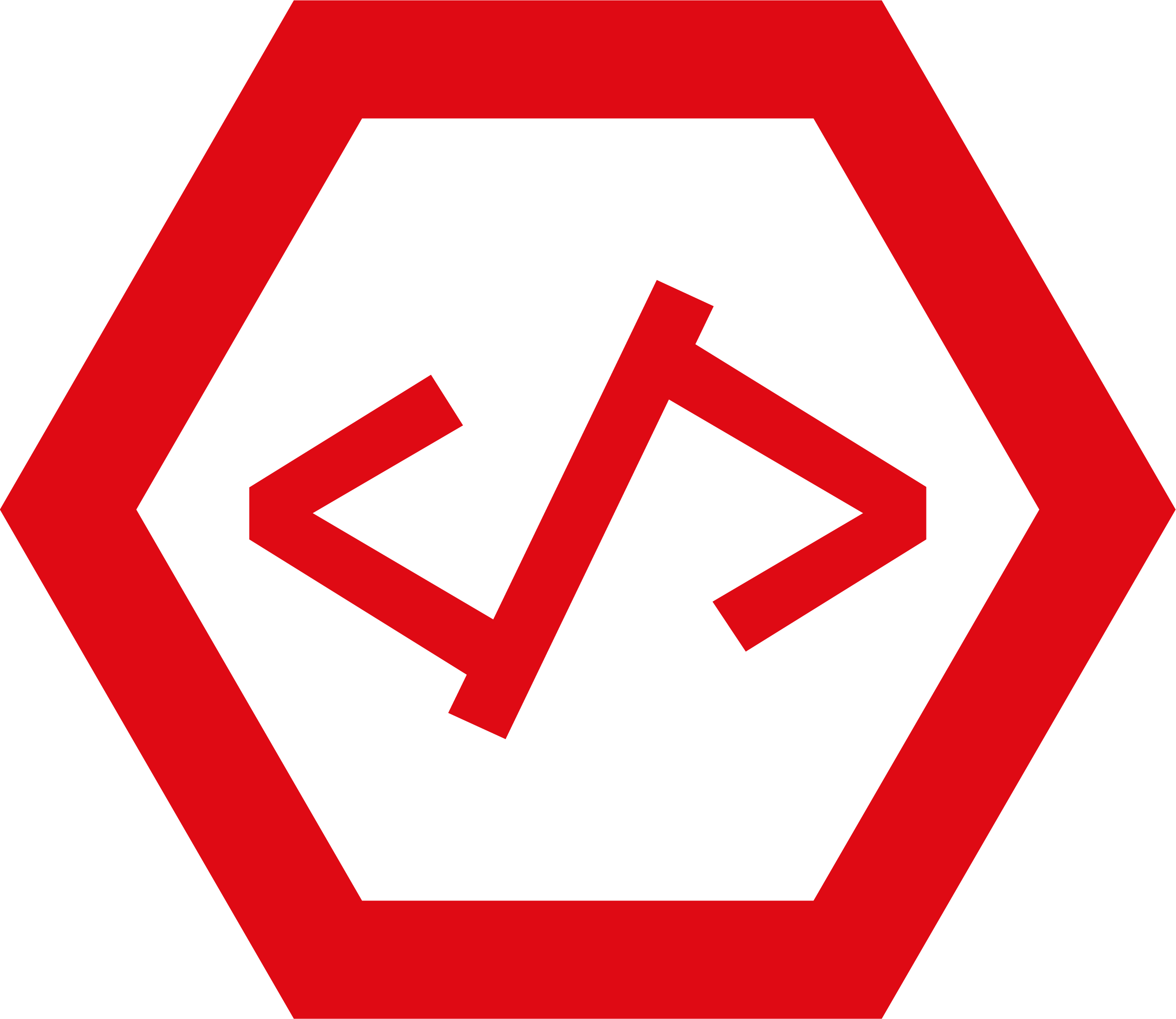Working with the HTML Canvas API can be a fun and rewarding way to create interactive graphics directly on the web. It provides a bitmap canvas that can be manipulated using JavaScript, and it’s an excellent tool for creating games, graphs, or other web applications where drawing is needed. However, when it comes to doing this in TypeScript, a statically typed superset of JavaScript, some additional considerations are needed.
First, you might wonder why to use TypeScript for canvas. The answer lies in TypeScript’s type system. It makes JavaScript development faster and more robust. With proper type annotations, you can catch and eliminate potential issues during the development process rather than encountering them when your code is running.
[h2]Setting up the Canvas environment with TypeScript[/h2]
To get started with Canvas and TypeScript, you’d first have to set up your environment. This includes setting up your HTML file with a canvas element, installing TypeScript, and setting up your TypeScript configuration file.
// Your basic HTML structure would look something like this:
<!DOCTYPE html>
<html>
<body>
<canvas id="myCanvas" width="500" height="500"></canvas>
<script src="myCanvasScript.js"></script>
</body>
</html>
After you have TypeScript installed, you would create a tsconfig.json file to specify the root level files and compiler options required to compile your project.
{
"compilerOptions": {
"outDir": "./built",
"allowJs": true,
"target": "es5"
},
"include": [
"./src/**/*.ts"
],
"exclude": [
"node_modules"
]
}
[h2]Writing the Canvas Code in TypeScript[/h2]
When you’re ready to start coding, TypeScript’s strict typing comes into play. For instance, when retrieving a reference to your canvas element and the drawing context, you need to specify their types.
let canvas = <HTMLCanvasElement>document.getElementById('myCanvas');
let context = <CanvasRenderingContext2D>canvas.getContext('2d');
In TypeScript, the “
The drawing context is the object that actually enables you to draw onto the canvas. Every drawing operation is performed with regard to this context.
TypeScript Libraries for Canvas Manipulation
There are libraries available that enhance the Canvas API with TypeScript’s benefits. Libraries such as Konva.js, fabric.js, and p5.js are popular choices. These allow you to work with complex shapes, images, and user interactions in a more intuitive way.
Conclusion
In conclusion, building graphics with JavaScript and HTML’s Canvas API can be made more powerful and robust with TypeScript. Understanding how to use TypeScript’s strict typing and advanced type features – such as type assertions – can help you make the most of this technology.
